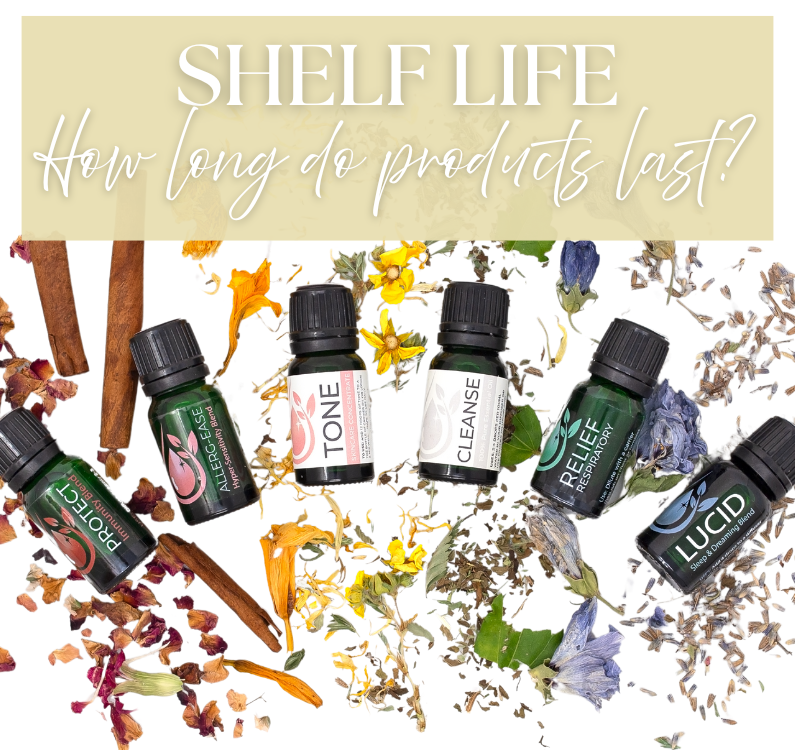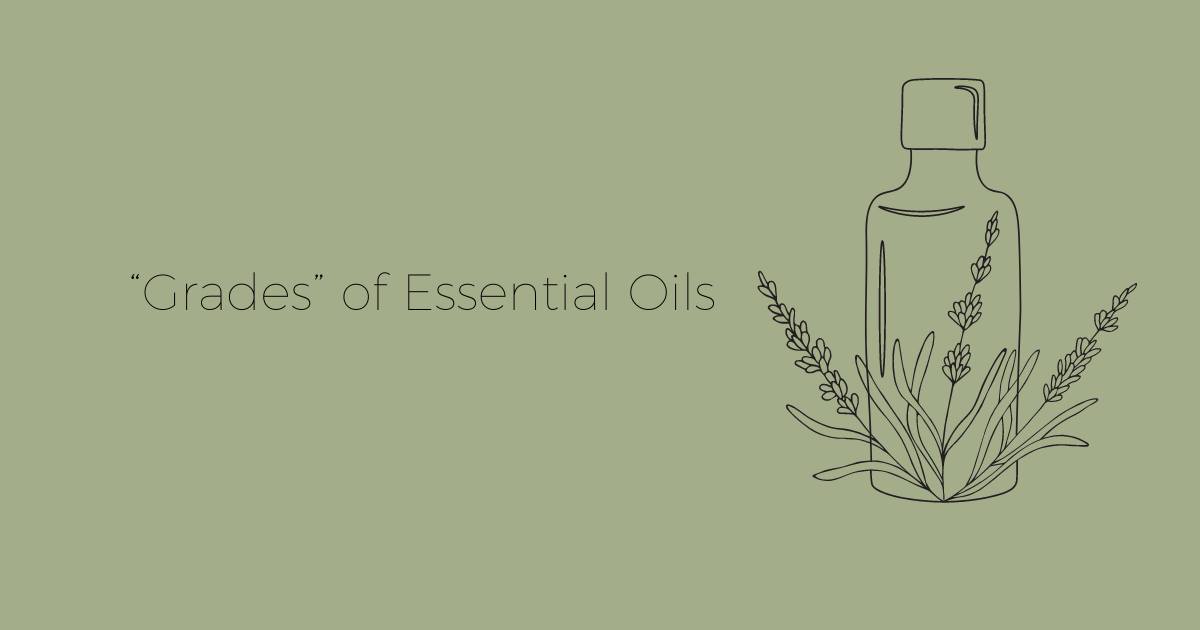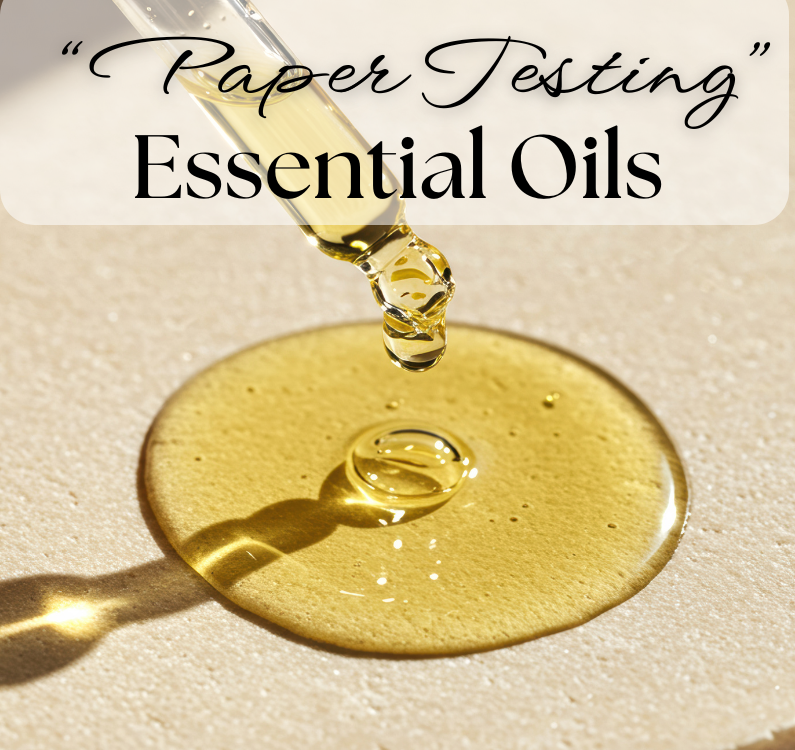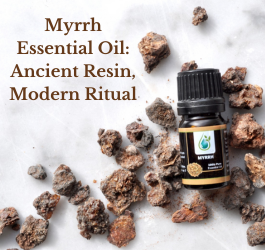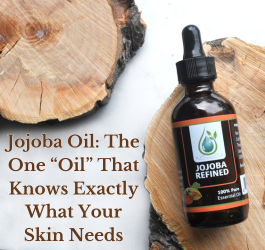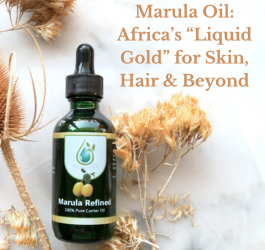Do Essential Oils Expire? Let’s Talk Shelf Life
If you’ve ever picked up an older bottle of essential oil and wondered, “Is this still good?” you’re not alone. Understanding shelf life is key to using natural products safely and effectively, especially when it comes to essential oils, carrier oils, and hydrosols.
Let’s unpack how long your oils actually last, which ones you should use up more quickly, and how to get the most out of every bottle.
Essential Oil Shelf Life: What You Need to Know
Essential oils don’t expire like food, but they do oxidize over time. Oxidation can change their aroma, reduce therapeutic benefits, and even increase the risk of skin sensitivity.
General Shelf Life Guidelines for Essential Oils:
-
Citrus Oils (Lemon, Grapefruit, Sweet Orange): 1 to 2 years
-
Conifer Oils (Pine, Spruce, Fir): 2 to 3 years
-
Floral Oils (Lavender, Jasmine, Rose): 4 to 5 years
-
Wood & Resin Oils (Frankincense, Sandalwood, Patchouli): 6 to 8+ years
Tip: If your oil still smells the same as when you opened it, that’s a good sign. But smell alone doesn’t always reveal oxidation. If it's been a while, be cautious with topical use.
Shelf Life of Carrier Oils
Carrier oils are completely different from essential oils. They’re rich in fatty acids and can go rancid.
Average Shelf Life of Common Carrier Oils:
-
Rosehip Seed, Flaxseed, Hemp Seed: 6 to 12 months
-
Almond, Avocado, Grapeseed: Around 1 year
-
Jojoba (a wax), Fractionated Coconut: 2 or more years
Store your carrier oils in a cool, dark place, and consider refrigeration for fragile oils. A sour or “off” smell is a clear sign they’ve gone bad. It is also important to get familiar with the original scent of your oil. There are some points that have a natural slightly sour smell such as Pomegranate Oil.
How Long Do Hydrosols Last?
Hydrosols are water-based and more delicate than oils. They typically last 6 to 12 months and should be stored in the fridge if possible.
Watch for signs like:
-
Cloudiness
-
Changes in scent
-
Sediment or texture changes
When in doubt, toss it out. These gentle plant waters are beautiful but require more care.
The Shelf Life of Blends and Formulated Products
This part surprises people: a blend or product is only as shelf-stable as its most fragile ingredient.
For example, a facial oil made with Rosehip Seed Oil and Sandalwood won’t last as long as Sandalwood alone. The Rosehip becomes the limiting factor, meaning the product should be used within its shorter shelf life.
At Jade Bloom, we formulate products with this in mind. We balance the benefits of sensitive ingredients while making sure everything stays safe and effective throughout its intended life cycle.
How to Maximize the Life of Your Oils and Products
-
Keep bottles tightly sealed
-
Store in a cool, dark place (avoid sunlight and heat)
-
Label the date you opened each oil or blend
-
Use a fridge for delicate carriers and hydrosols
-
When in doubt, use older oils in your diffuser rather than topically
Essential oils are powerful and long-lasting when used and stored properly. Knowing what to look for helps you get the most out of your oils and stay safe while doing it.
Still not sure about a specific oil or product? We’re always happy to help. Reach out to Team Jade Bloom or come join us in the Jade Bloom Essentials Official Oil Usage Group on Facebook!


